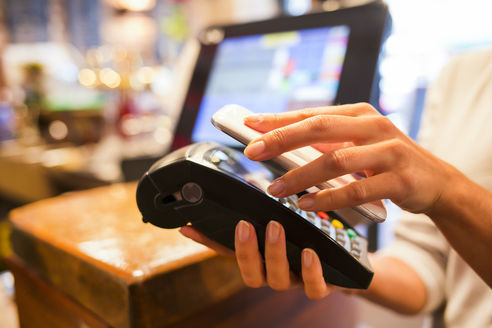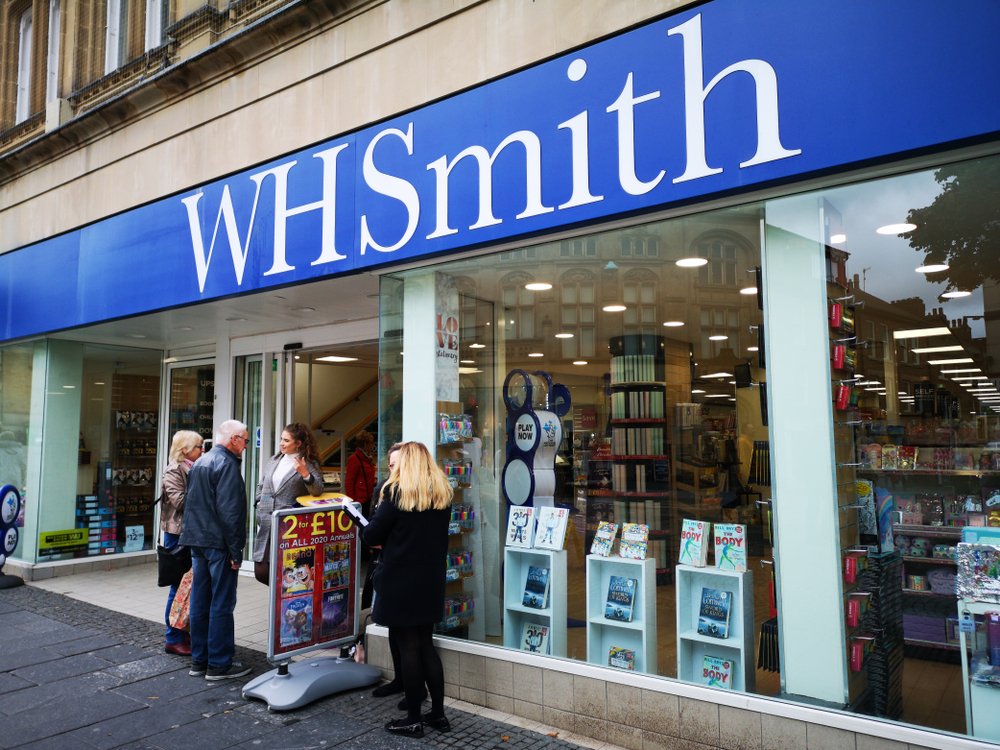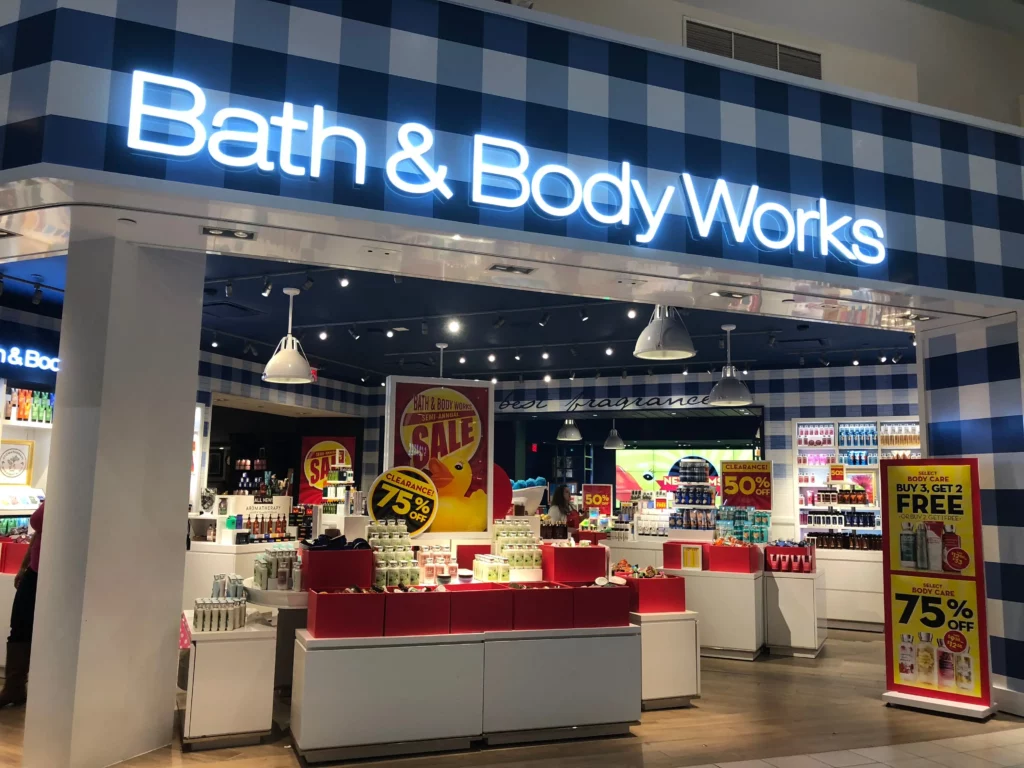With Waitrose opening its first cashless store this week, there is growing demand on the high-street for outlets to follow suit and do away with cash transactions all together.
Statistics show that card spending has risen exponentially year-on-year for a decade.
Debit and credit card sales accounted for 77 per cent of the total retail spend in May. Retail sector spending increased by £154 million to £24.6 billion. There were 100 million more purchases made on card than this time last year.
Eighteen per cent of all card purchases are now made with contactless cards, compared to seven per cent in May 2015.
The beginning of the end of cash.
Waitrose opens UK’s first cashless store – https://t.co/bMNetjZBnH
— Sean Alexander (@Stickmansean) August 3, 2016
The statistics speak for themselves. Online shopping, contactless payments and more outlets accepting card payments means the prominence of cashless payment has and will continue to rise.
“Cards are the preferred way to pay for millions of consumers, whether picking up something small and using a contactless card or shopping online. With payment cards being used more than ever, we expect these trends to continue,” said Richard Koch, the head of policy at The UK Cards Association.
RELATED: Waitrose opens UK’s first cashless store
The British Retail Consortium said: “Retailers welcome the convenience provided by contactless which provides a fast and easy method of payment for our customers, as we have seen through the huge growth of contactless payment terminals in retail outlets across the UK over the past 2 years, and the ever increasing volume of online sales.
“Cash nevertheless remains the payment method of choice for a significant number of customers and the most cost effective way for retailers to accept payments.”
Nope, even if all @waitrose stores turned cashless, it wouldn’t make a dent in world circulation. If it was Tesco??? https://t.co/YBH3ROfIcJ
— Rob Peck (@Robbiepeck) August 3, 2016
In 2014, a social experiment into the spending habits of consumers on the high street showed that 60 per cent of shoppers had left a shop because they were unable to make a card purchase in store.
Over half of them state that they would shop more
RELATED STORIES

















